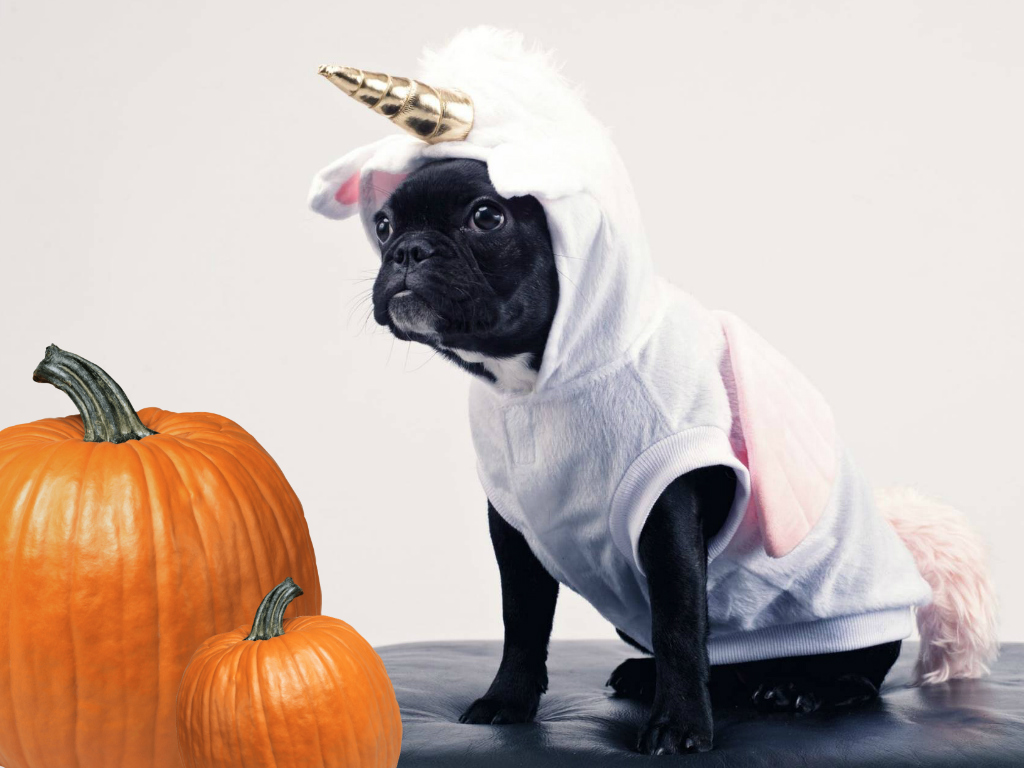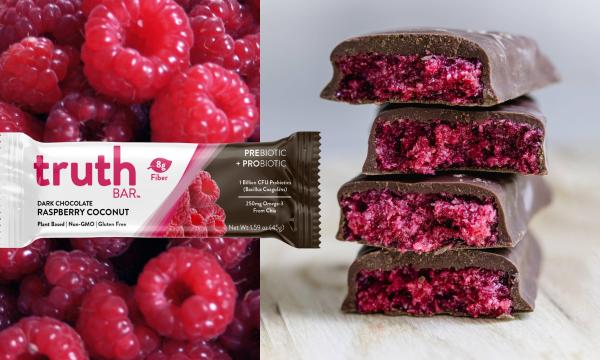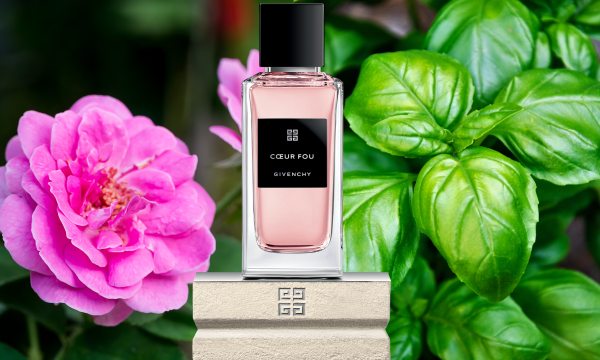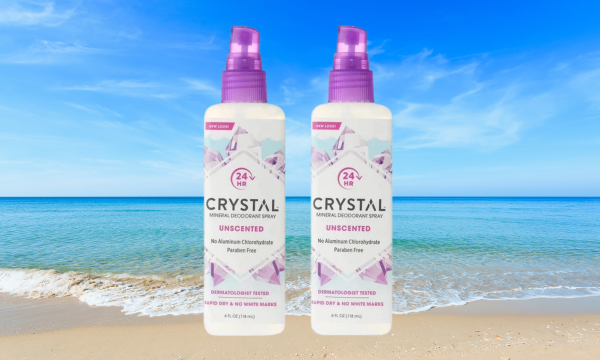As Halloween approaches, Trupanion, a leader in medical insurance for cats and dogs, scanned its database of more than 500,000 pets and found that historically there is a noticeable increase in chocolate toxicity claims beginning now, through the end of the year.

Given that spooky fact, Trupanion recommends that pet owners keep any candy or treats (including raisins and grapes) they may have around for Halloween in a safe place that is not accessible by their pet.
Keep your pets away from: Chocolate, Raisins, Xylitol
"Chocolate contains a naturally occurring stimulant called theobromine, which is similar to caffeine," said Dr. Sarah Nold, staff veterinarian at Trupanion. "If enough theobromine is ingested it can be toxic to dogs and cats."
Signs of chocolate toxicity can include vomiting, diarrhea, elevated heart rate and seizures. Darker chocolate is more dangerous, because it contains higher concentrations of theobromine. Also, chocolate is more dangerous for a smaller dog because they don't have to ingest as much as a larger dog to cause toxicity.
Pet owners should also keep treats containing the sugar substitute xylitol away from their pets. Xylitol causes a very low blood sugar that can result in weakness, collapse and seizures.
In severe cases, Trupanion has paid claims for toxicity treatment in the $7,000 to $8,000 range. However, the average costs of common Halloween toxicity claims pet owners could experience are $500 (chocolate), $650 (raisin) and $725 (xylitol).
"If you think your dog or cat has ingested Halloween candy, immediately contact your veterinarian." cautions Dr. Nold.














